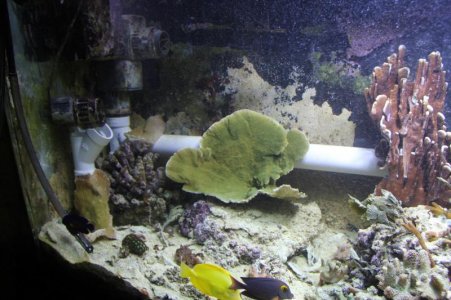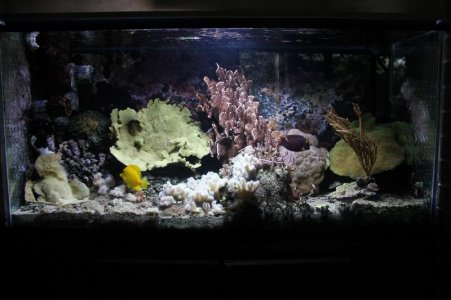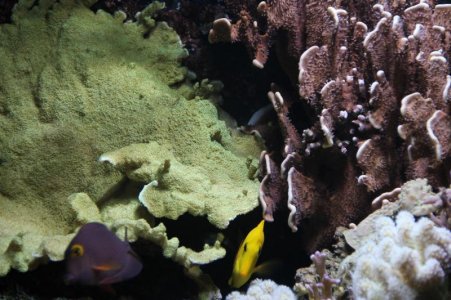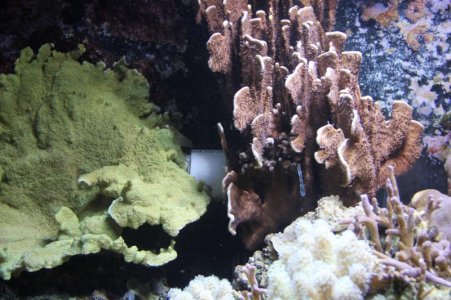Kevin Guthrie
Member
I am faced once again with pruning the coral in my 90 gallon tank. I let it go too long this time... the blue ridge has pretty much built a wall front to back, the galaxea is shading everything in half the tank and breached the surface long ago, and the monti is building huge dishes again in the other half that have reached the front glass. It looks great, the coral formations are beautiful, but it can't continue because they are past their peak.
After 16 years there is an awful lot of live rock and live coral in the tank. I was thinking how much better it would be without the live rock, not that I can remove it and put the coral back. But I could remove everything, clean it all out, and return only a 6 inch chunk of each coral. No rock. Then the coral would be free to grow for years without needed a prune. Has anyone done this before?
Not really concerned about cycling; two tangs and a pigmy angel, and the sump is shared with a 30 gallon that I don't need to tear down. Lighting is good all the way to the tank bottom, 400 mh on a light rail.
After 16 years there is an awful lot of live rock and live coral in the tank. I was thinking how much better it would be without the live rock, not that I can remove it and put the coral back. But I could remove everything, clean it all out, and return only a 6 inch chunk of each coral. No rock. Then the coral would be free to grow for years without needed a prune. Has anyone done this before?
Not really concerned about cycling; two tangs and a pigmy angel, and the sump is shared with a 30 gallon that I don't need to tear down. Lighting is good all the way to the tank bottom, 400 mh on a light rail.





